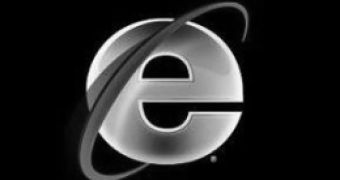Microsoft's latest version of Internet Explorer has hit the mother of all dead-ends. Internet Explorer 7 was released to the general public on 18 October 2006, almost a week before Firefox 2.0. Back in October 2006, IE7 owned a share of just 3.18% of the browser market, but following its release, the adoption of the browser exploded. According to Microsoft, by the first weeks of January 2007, IE7 has counted in excess of 100 million installations.
IE7 grew to 8.84% in November and to 18.26% in December 2007. The browser seemed to also gain momentum with the two successive launches of Windows Vista at the end of November 2006 and January 2007 but also as Microsoft was serving IE7 as an update via Automatic Updates. The fact of the matter is that at the beginning of 2007, IE7 continued to perform well and to erode the domination of the much inferior IE6.
From 25.01% in January, IE7 jumped to 29.12% the next month. But after February, IE6 users have begun to say mainly "no" to Internet Explorer 7 upgrades. In March, April and May IE7's market share only grew at the pace of 0.5% per month. In three months IE7 has only managed to grow to its current market share of 31.26%, from 30.56% in April and 29.99% in March.
Even with an overall gain of Internet Explorer the past month to 78.67%, while Mozilla Firefox dropped from 15.42% in April to 14.54% in May, IE7's momentum seems to have come to a screeching halt. In the past months, Internet Explorer 7 only succeeded in converting 0.06% of IE6 users to upgrades, and the browser version indicates signs of a prolonged stagnation.
On the other side of the fence, Mozilla is not stagnating, but losing market share on all fronts. Firefox 2.0 has dropped from 10.23% in April to 10.02% in May while Firefox 1.5, faced with an imminent end of support as of May 2007, sunk from 4.39% to 3.80% in just one month.

 14 DAY TRIAL //
14 DAY TRIAL //